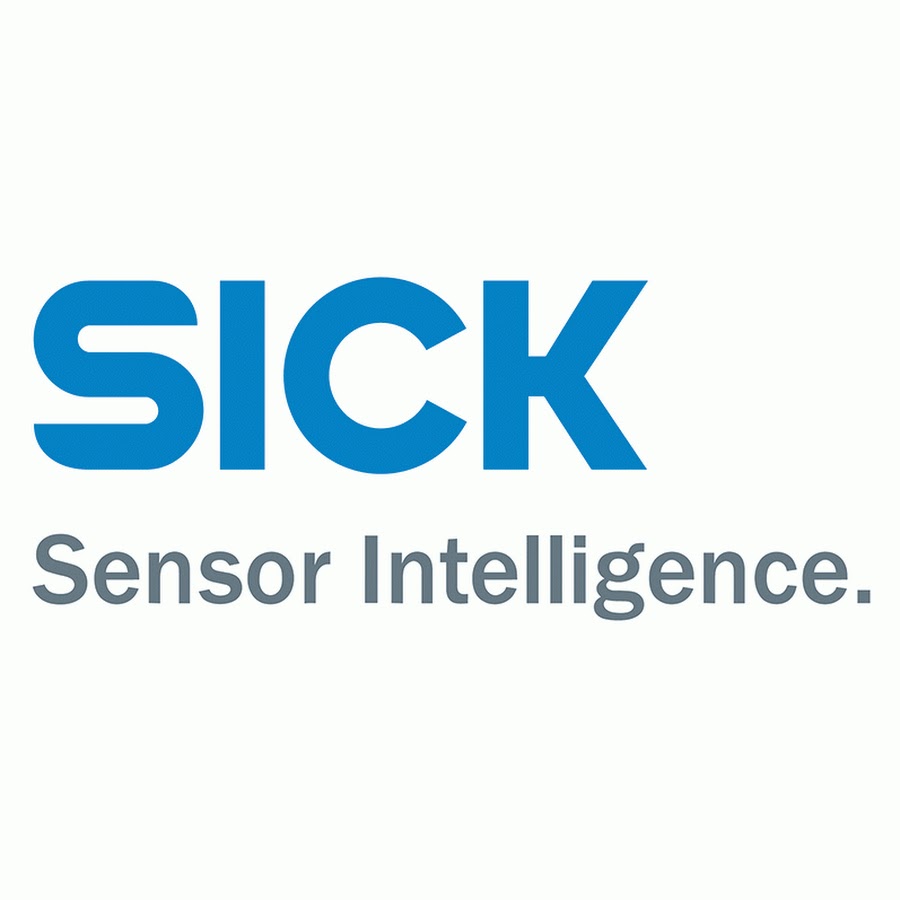
SICK has expanded its portfolio of solutions for automotive manufacturing with a purpose-designed machine vision system for inspecting high-voltage batteries during assembly of electric vehicles. An ‘out-of-the-box’ solution with all necessary hardware and its own dedicated software, it enables easy configuration of SICK’s breakthrough Ranger3 high-definition camera technology into a dedicated inspection cell.
Already proven in major European automotive OEMs, the SICK’s High Voltage Battery Inspection System (HVS) is designed for installation on an EV assembly line immediately before the battery is connected to the car body. The system uses up to eight Ranger3 cameras and SICK-developed detection algorithms hosted on a programmable SICK Integration Device to evaluate high-precision results.
Neil Sandhu, SICK’s UK Product Manager for imaging, measurement and ranging explains: “During the assembly process for high-voltage batteries in electric vehicles, there are frequent changes between manual and partially-automated production steps, so maximum care and precision is required.
Foreign Object Detection
“Should a foreign object, even a tiny screw or washer, end up on the battery surface it could result in scratches, damage or a puncture. Such small objects, down to a couple of millimetres in size are difficult to see, especially as they are often the same colour as the metallic surface of the battery housing.
“Even a small object could cause surface damage to the battery that could risk production downtime, or worse, there is a risk of fire caused by short circuits which could even lead to costly vehicle recalls. All batteries must therefore be inspected for foreign objects to a very high resolution at this stage in the vehicle assembly process.”
The SICK High Voltage Battery Inspection system comprises all the elements needed to configure an inspection cell including SICK Ranger3 cameras with integrated lasers, to enable image acquisition to profile the surface of the battery using laser triangulation.
Out of Box System
SICK also supplies a frame unit for cameras, along with trigger sensors and encoders to enable the image acquisition. Each individual camera system generates a separate digital 3D scan, which is processed and evaluated in the SICK programmable Sensor Integration Device to generate an output, together with results visualised on an integral HMI.
With a core system starting with two SICK Ranger3 cameras, systems progress up to 4 double-heads using eight Ranger3s. A 4-camera system set-up is often recommended. Using different coloured lasers and filters, together with the dedicated on-board image processing, the inspection results from each separate camera system can be reliably processed together into a single output with a height resolution down to less than 1mm.
Even if foreign objects are the same colour as the battery surface, the laser profiling image acquisition assures a highly reliable result. The system is similarly robust against changes in surface texture or shadows, where brightness fluctuation might cause problems for other inspection methods.
Cutting Edge Ranger3 Camera
SICK’s Ranger3 high-definition streaming camera is the first to be powered by SICK’s innovative Imager with ROCC (Rapid On-Chip Calculation technology). The Ranger3 extracts the true 3D shape of an object, regardless of its contrast or colour and as a result achieves 3D measurement with unprecedented accuracy, enabling automotive manufacturers to achieve reliable quality inspection at more rapid throughputs.
The SICK Ranger3’s next-generation performance on light, dark, reflective and contrasting surfaces is ideal for identifying small defects in challenging low contrast and dark surfaces, thanks to high light sensitivity, without needing bright laser illumination, allowing substantially increased throughput speeds.
Neil Sandhu concludes: “As a major supplier to automotive OEMs worldwide, SICK is working closely with customers to be ready for the rapid growth in electric vehicle production, forecast to reach 116 million vehicles worldwide by 2030. SICK is committed to supporting manufacturing processes that enable solutions that help reduce fossil fuel emissions to tackle global warming.”
For more information please contact Andrea Hornby on 01727 831121 or email andrea.hornby@sick.co.uk.











IET sounds warning on AI doll trend
I agree that we need to reduce cooling water demand for servers. And yes, generative AI consumes a large amount. But what about BitCoins? Their...